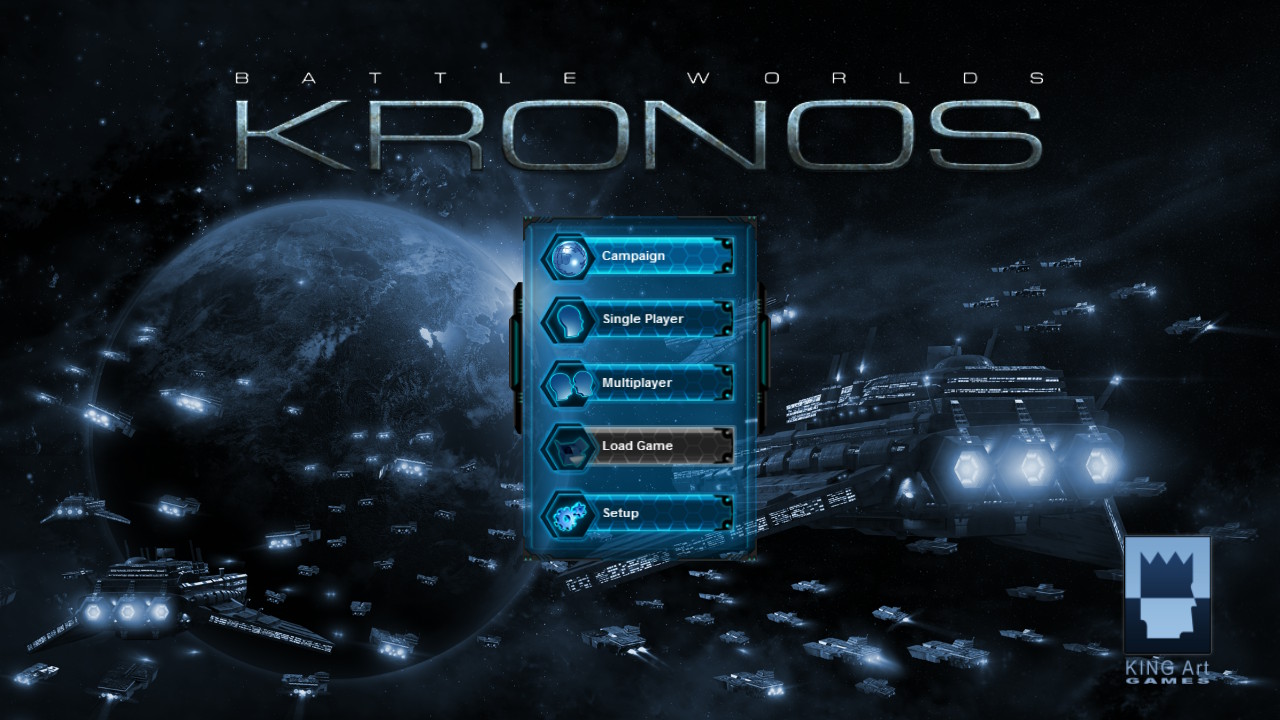[Review] Battle Worlds: Kronos – Nintendo Switch
Battle Worlds: Kronos
Nintendo Switch
Developed By: KING
Art
Published By: THQ Nordic
Category: Strategy
Release Date: 06.11.19
Generally I’m a pretty big fan of turn-based strategy games; I have some pretty fond memories of Advance Wars back in the day, and the original Final Fantasy Tactics is my favorite game with the words “final” and “fantasy” in the title. A few months ago I tried and liked War Theatre for the Switch, which played a lot like the former title. Today we’re looking at Battle Worlds: Kronos for the Nintendo Switch, a turn-based, hex-grid strategy game that prides itself on an advanced level of difficulty and an intense attention to strategic planning. It doesn’t exactly forgive mistakes, but it’s not impossible, either. The developers’ goal was to recreate the feel of classic turn-based strategy games of the past, and while it succeeds in doing so, it does so in a way that many players may find off-putting.
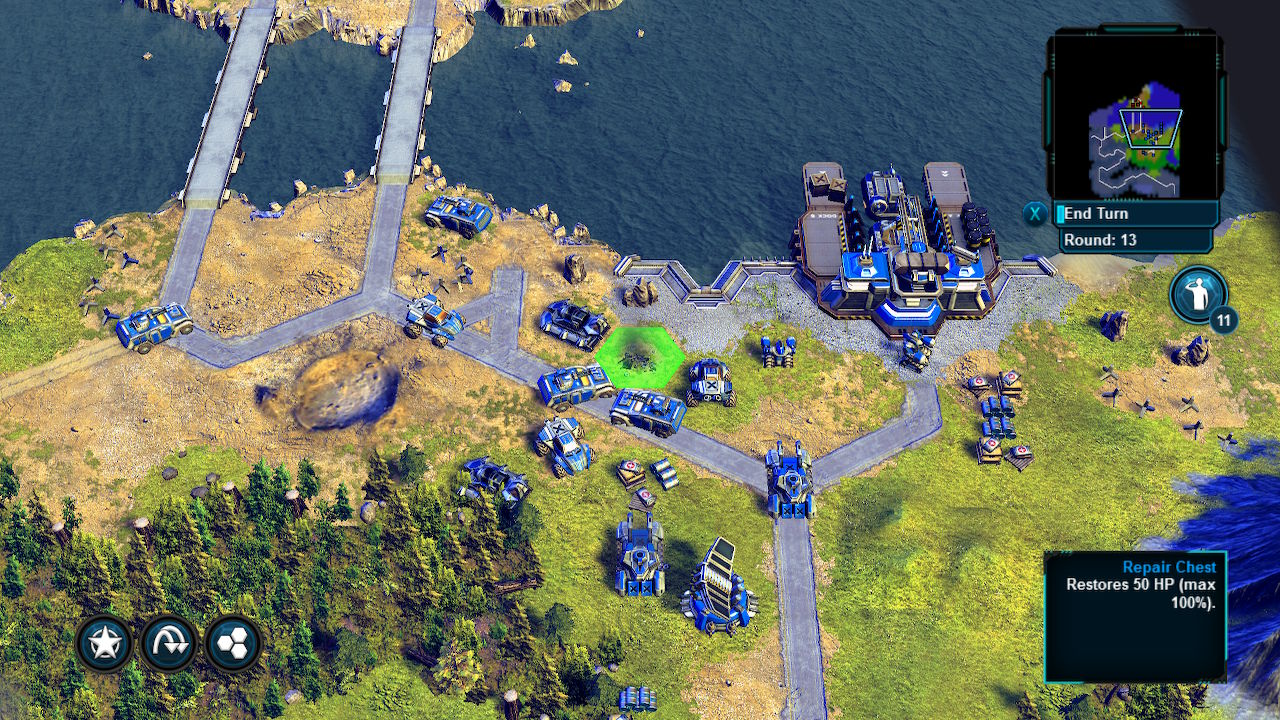
Long Live the Emperor! Whoever He May Be…
Battle Worlds: Kronos takes place in what I assume is a far-flung future where a few wealthy houses vie for control of a vast intergalactic empire. Every 200 years or so, a battle is waged to determine which family will sit on the imperial throne, and, hey, guess what? That time has come around again. In the two base campaigns of BW:K, players will take command of either the armies of the House of Telit or a band of rebels seeking to free their homeworld from the ravages of war. The story isn’t inspiringly original, but it gets the job done, I guess. Generally I like a bit of a deeper narrative going on to match the depth of the gameplay; Battle Worlds: Kronos doesn’t really offer much in the way of character development or emotional resonance. It’s pretty much all about the tactics.
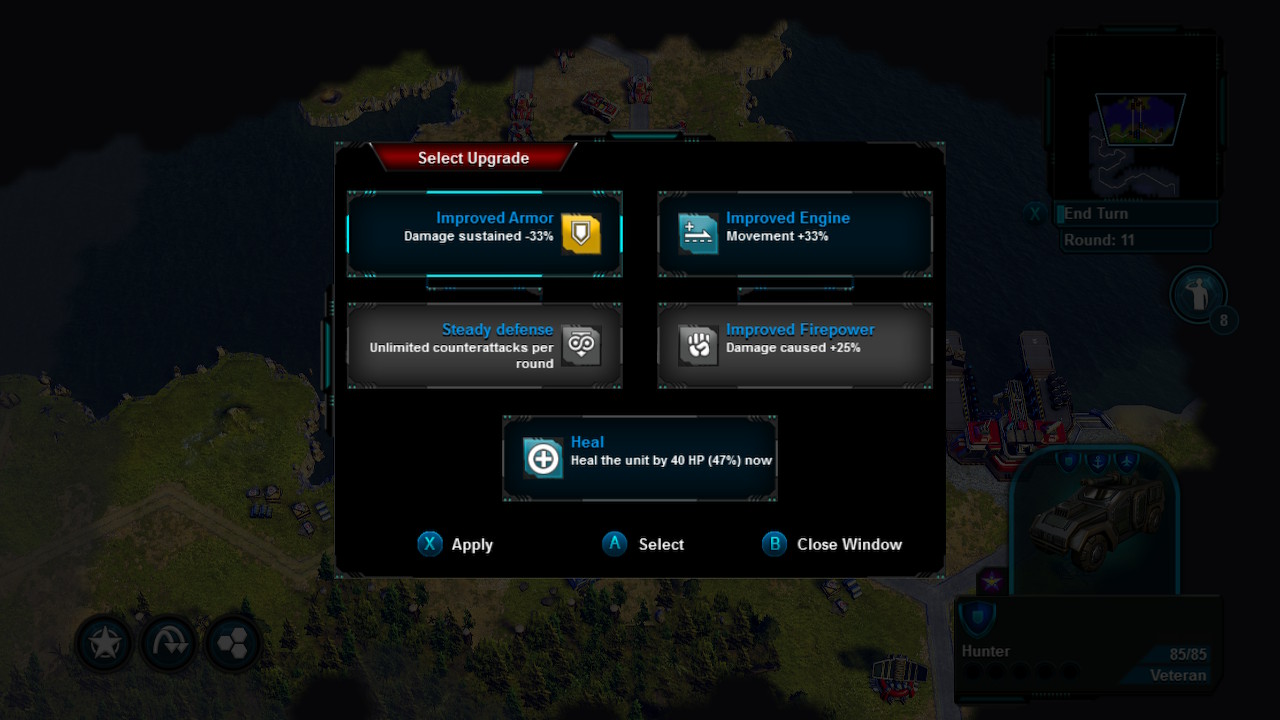
Hex Appeal
As I stated in the open, Battle Worlds: Kronos is a turn-based strategy game that takes place on a hex-grid map, sort of like Civilization but without the civilization building aspects. Players are given units to command at the start of the battle, and every ten turns you can call in reinforcements if you so choose. You can also capture enemy buildings and deploy units stored within those, if there are any. Finally, you can secure and transport materials to certain buildings to create units as well, so long as you have the proper transport units to transfer the materials. There’s no deep economic aspect to the strategy; BW:K focuses pretty narrowly on tactics, which is fine by me. I do like a good, strategic game.
During the campaigns, players take turns with the computer opponents to position and command their units to attack. Basically, each unit has two action points; one that can be used to move, and one “joker” that can be used either to move again or attack. Some units change this formula up, either by having two joker points or one point for moving and one only for attacking. Most units can only attack adjacent hexes, but certain unit types can attack over a range of tiles. One of the most basic – and effective – strategies in the game is taking out enemy ranged units with your single-hex attackers while taking out enemy single-hex attackers with your artillery. Of course, getting yourself in position to do so is part of the trick, too. As you advance further into the game, aerial and naval units enter into the fray, further complicating your strategic options – and your enemy’s.
Every time a unit participates in battle, it gains an experience point. If you gain enough EXP, the units gains levels; from rookie, to veteran, to elite. At every new level, you can upgrade your units with new abilities of your choosing. At the end of a battle, you can choose a certain number of your elite units to carry over with you into the next fight. Keeping units that get into fights a lot alive can be a tough ask; luckily, repair kits are scattered about most battlefields so you can fix your units if they get too damaged. Some structures can also repair your units, if you’ve got them stocked with enough resources. Again, the focus of the game is on defeating your enemies without taking any damage yourself, so repair opportunities are rather minimal, but it’s one of the game’s few sources of reducing the penalty of making a mistake.
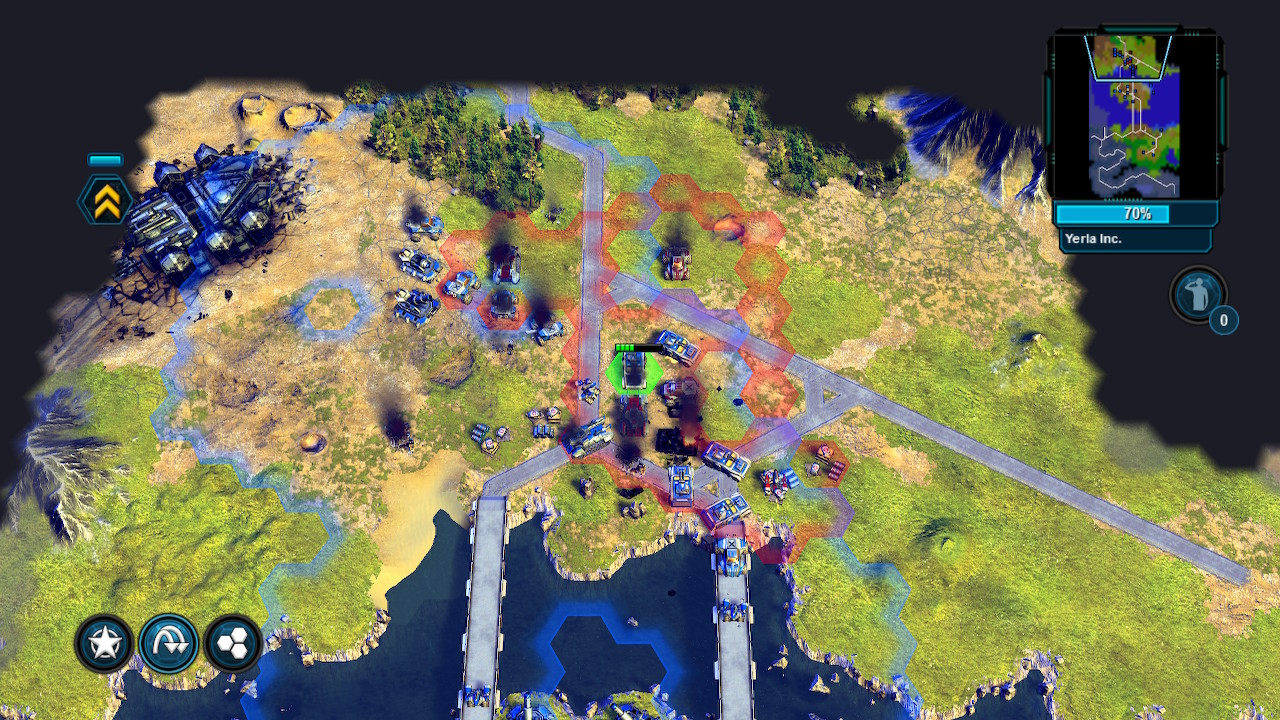
Slow Ride – Take it Easy
One possible drawback to the gameplay is the often slow pace. Players have to give each unit its orders individually; you can’t create squads or combine units into one single army the way you can with a Civilization game or an RTS like Starcraft. Given that there can be dozens of units to command in any given turn, it can make for an excruciatingly slow pace. Maintaining patience while you move twenty units forward a little bit at a time so you don’t run into an enemy blockade is sometimes hard, especially if you’re in the middle of a long mission (and they’re all pretty long; counting the Trains DLC, there are 19 missions… and the game promises about 50 hours of campaign gameplay time). If you’ve got the patience and enjoy a good tactics-focused challenge, Battle Worlds: Kronos is the game for you. If you want something with a little broader range of options like a 4X strategy or a faster, RTS-like pace, maybe watch some gameplay videos on YouTube before making your decision.
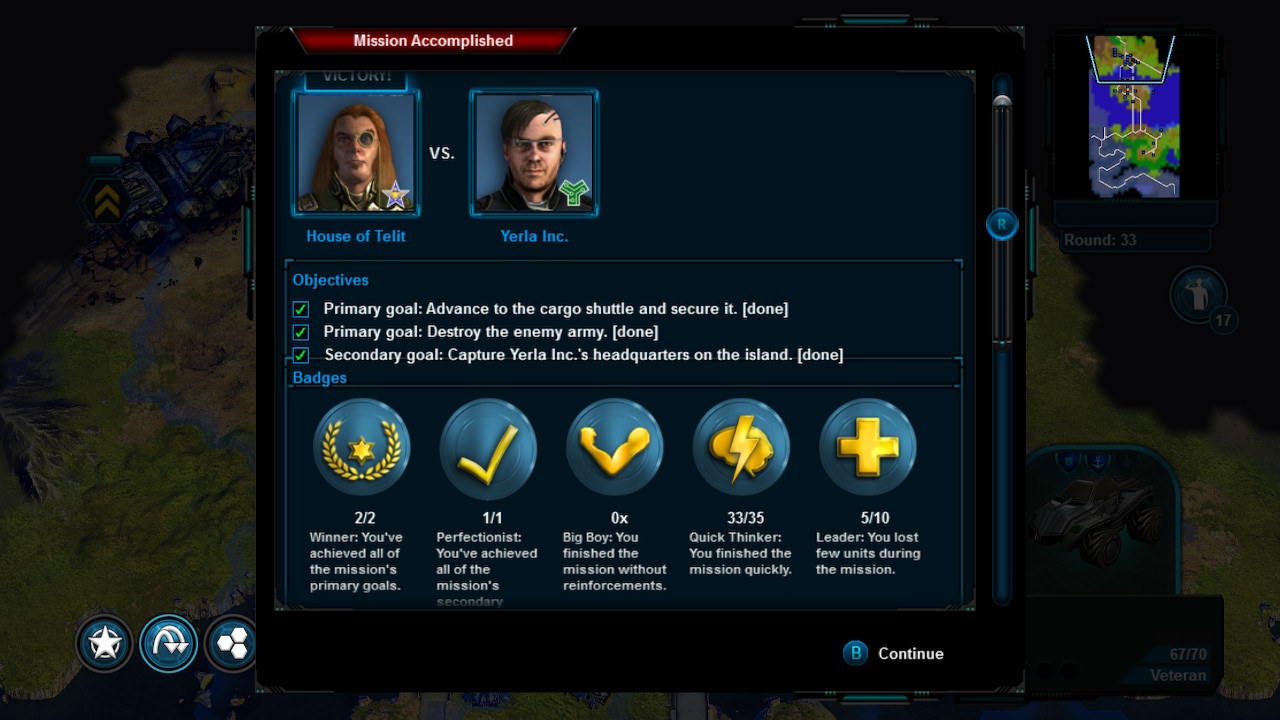
Battle Modes: Challenges
In addition to the three campaigns, Battle Worlds: Kronos features two additional game modes. There are four single-player challenge maps that put you right in the middle of battle and offer a different challenge, whether it’s defending a certain structure as long as possible or capturing a set number of units. You can also do competitive couch multiplayer; the settings seem to be locked at 1v1 matches only, and there does not appear to be any online multiplayer component to the Switch version. These are pretty light modes, and frankly kind of seem like an afterthought to the campaign. Still, they can add some replayability if the campaigns didn’t offer you enough content.
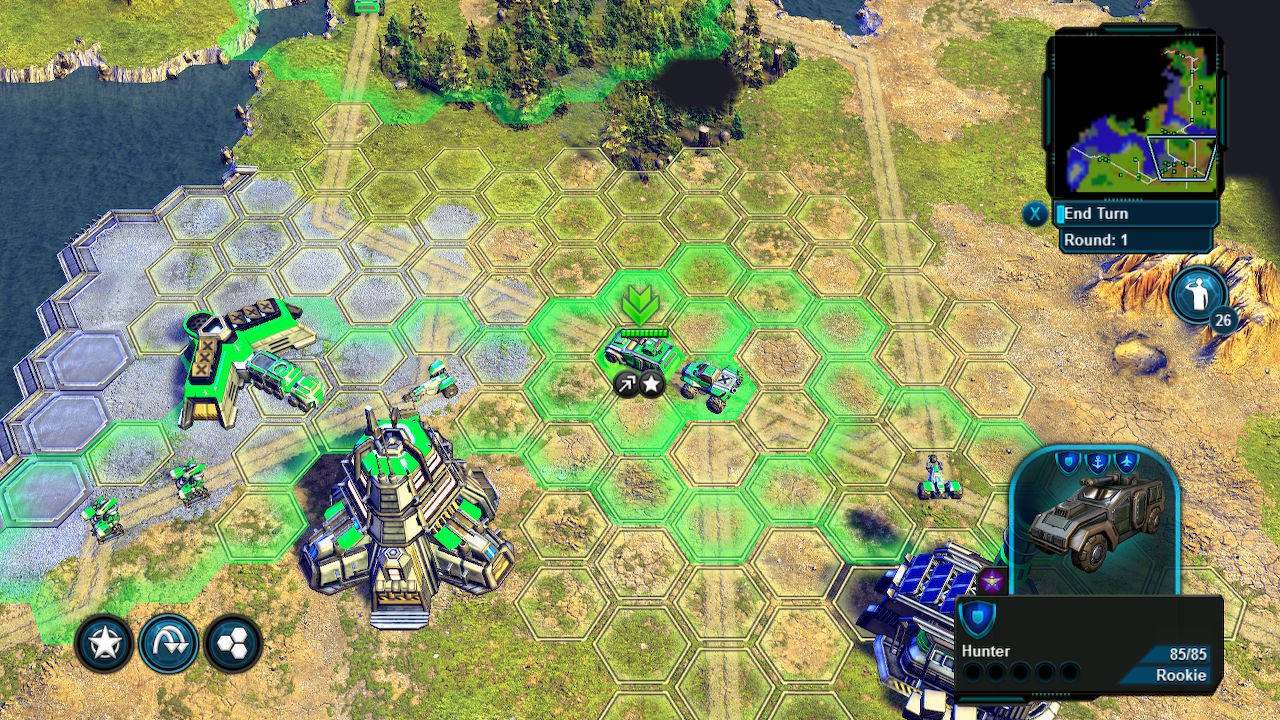
Kronosian Design Aesthetics
Battle Worlds: Kronos doesn’t feature the most robust graphics of all time, but it’s a pretty enough game to look at. Units are mostly different types of tanks or jeeps, with a few robots and aircraft and boats thrown in for good measure. The different unit types are distinct enough to tell apart even when you’ve zoomed all the way out, and that’s what matters most, I suppose. The music is a bit of a sore spot, as it tends to disappear entirely for large sections of the game if you’re not actively in range of an enemy. While the music is intrepid and tense when it’s around, its frequent absence makes the game feel emptier and less engaging. Cutscenes do feature voiceover work, and the actors deliver fine performances throughout, even though most of their work consists of exposition.
Playability
Battle Worlds: Kronos doesn’t use the Switch’s motion controls, but it does make excellent use of the touchscreen controls. I actually greatly preferred playing the game undocked using the touch controls over using a controller. The game felt much smoother and interacting with the units felt more natural with the touchscreen than it did with even a Pro controller. I didn’t notice a drop in graphical quality or game performance in handheld mode, either.
TL;DR: A deep, tactical experience without much else to support it; if you love strategy more than anything else, this game was built for you.





Buy Battle Worlds:
Kronos
$29.99
Follow KING Art
Follow THQ Nordic


